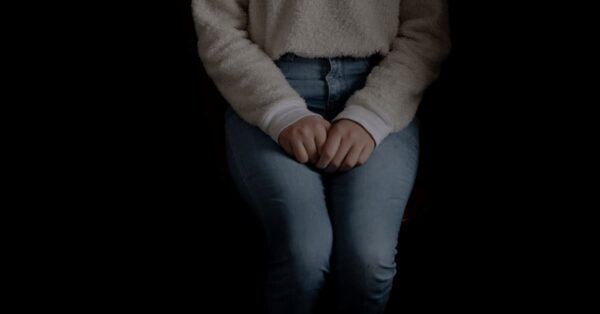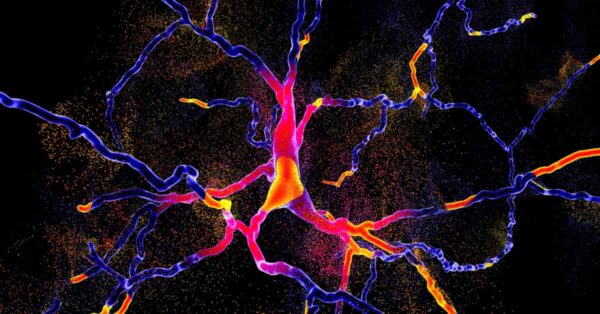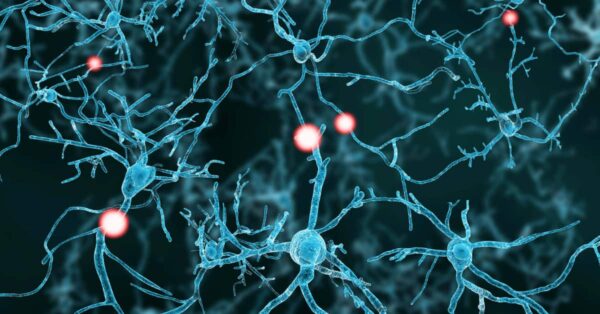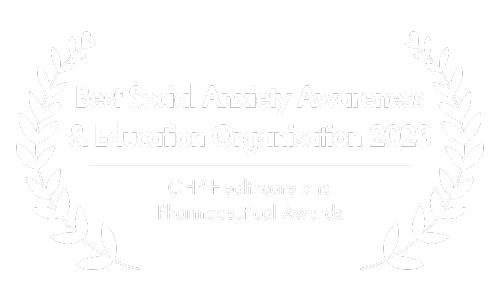The Vicious Cycle of Social Anxiety: Stopping the Underlying Triggers
Some people experience social anxiety more frequently and more intensely than others. For many, it is difficult to discern what exactly sets off their social fears. Gaining clarity about what triggers your social anxiety is helpful if you want to reduce it.
Social anxiety is triggered when we are highly motivated to convey a specific impression on others, but have low confidence in our ability to do so. This discrepancy sets off an anxiety reaction, as we fear there will be detrimental consequences if we are not perceived as we desire.

In other words: if you place a lot of importance on other people’s opinions about you, you may run into trouble when these opinions may turn negative (Leary, 2001).
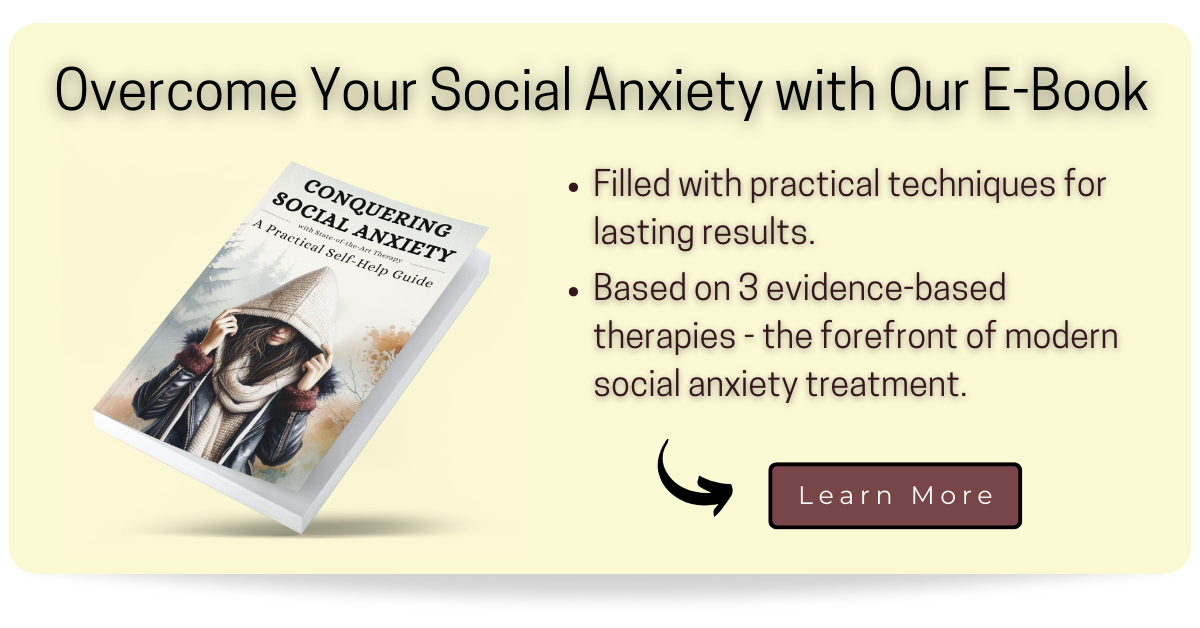
Social Anxiety is Triggered to Protect Your Public Persona
The term public persona refers to the image or impression others have of you. How we are perceived by others significantly impacts whether we can make friends or not, whether we get a good job or not, and whether we find an attractive partner or not, among many other things.
Given that our public person has a direct impact on our access to valuable resources, it only makes sense that we cherish it.
Because of that, your body may respond with anxiety as soon as you sense that your public persona may be at risk of being damaged. This anxiety response puts you in a state of emergency, designed to protect you from danger and ward off any potential harm.
While this reaction makes sense and can be quite useful, it quickly becomes counterproductive if it is too intense.
It may help to be somewhat concerned about the impression you are making on others, but it is certainly unfavorable to worry excessively.
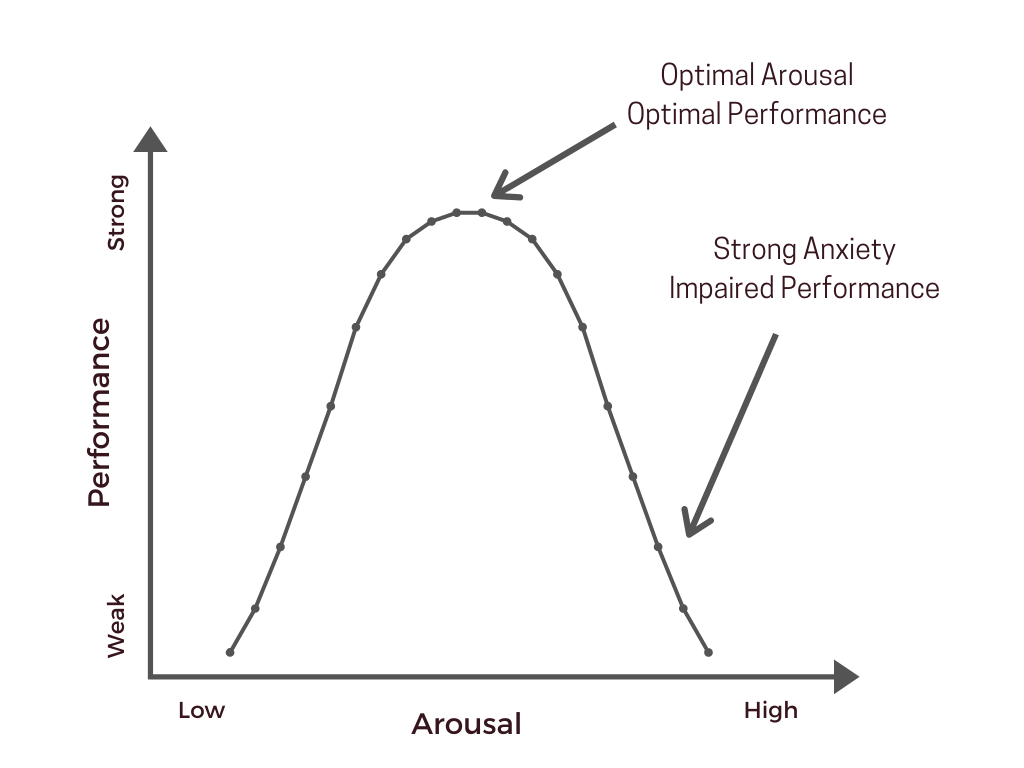
There is a sweet spot of anxiety (Diamond, Campbell, Park, Halonen, & Zoladz, 2007), which is quickly surpassed by socially anxious people. At this point, their anxiety gets in the way of protecting their public persona. Even more so, it hurts it.
Why Is Social Anxiety Triggered More Easily In Some People?
Among other things, socially anxious people tend to (Foa, Franklin, Perry, & Herbert, 1996; Hofmann, 2004):
- Overestimate the social costs of being perceived in an undesired way.
- Overestimate the probability of being perceived in an undesired way.
By believing that social mishaps are likely and that they would have catastrophic consequences, people with social phobia experience hyperarousal and are on constant lookout in social situations (Wells et al., 1995).
From their viewpoint, a lot is on the line when they enter a social situation, as their public persona is likely to be damaged.

Additionally, they often feel overwhelmed by their anxiety (Hofmann & Barlow, 2002). This typically leads them to feel inept and they imagine that others must be judging them for their social inadequacies (Hofmann, 2007).
Therefore, people with high social anxiety tend to avoid the situations they fear (Wells et al., 1995). If they face them despite their anxiety, they typically use safety behaviors to ward off any possible damage to their public image.
For example, a common safety behavior which aims to protect against seeming shy or introverted is to pretend to be texting on the phone when around other people.
Once the social situation is over, socially phobic people often ruminate about their behavior (Mellings & Alden, 2000; Rachmann, Grüter-Andrew, & Shafran 2000). They do so in the hopes of avoiding social mishaps in the future.
However, they usually do so in vain. At this point, a vicious cycle has been put into place. Social anxiety is maintained and exacerbated by these behaviors (Hofmann, 2007).
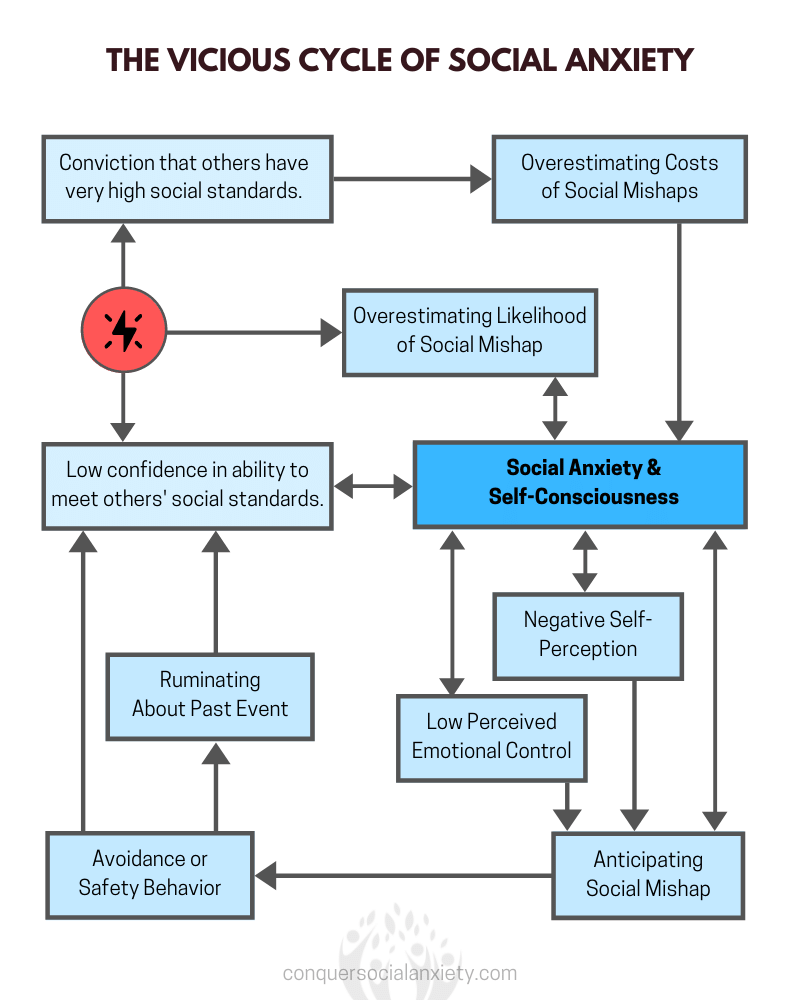
How to Stop Social Anxiety From Being Triggered?
To interrupt this self-reinforcing cycle of anxiety, experts have proposed various interventions that address specific components of this model. These are (Hofmann, 2007):
- Facilitating a more realistic perception of others’ social standards
- Training the ability to direct attention away from anxiety & anxious thoughts
- Decreasing apprehension to the bodily sensations of anxiety
- Promoting a more accurate self-perception
- Improving the prediction of social costs following social mishaps
- Reducing the desire for emotional control and building up tolerance regarding uncomfortable feelings
- Seeking repeated exposure to the feared situations without the use of safety behavior
- Breaking the habit of post-event rumination
Here, we will quickly break down how each of them can be achieved.

Facilitating a More Realistic Perception of Others’ Social Standards
Given that most people with social anxiety overestimate the social standards and expectations other people have of them, it can be very helpful to modify these assumptions.
This can be achieved through discussions about the perceived expectations of others in specific social situations.

In most cases, affected people will realize that social standards are often not as high as they tend to believe. As a consequence, they will feel less pressure to perform in social situations and experience less anxiety as a result.
Training the Ability to Direct Attention Away from Anxiety & Anxious Thoughts
In stressful situations, uncomfortable physical sensations and thoughts often draw the attention of socially anxious people.
In treatment, the patient is educated about the negative effects of focusing on these threatening stimuli and is encouraged to direct their attention towards the task at hand, the social situations, or other external stimuli.

Attention training techniques can be used to practice the ability to direct one’s ability to deliberately direct your attention towards specific cues when under stress.
A great tool are mindfulness practices, which have been increasingly employed in psychotherapy throughout the last decade.
We have written an extensive article on the effects of mindfulness on people with social anxiety. You can click here and we will take you to it – it includes various guided meditations specifically designed for people with social phobia.
Decreasing Apprehension to the Bodily Sensations of Anxiety
For those people who are struggling with the physical sensations of anxiety, interoceptive exposure exercises can be very helpful.
By exposing themselves to the feared physical sensations (such as sweating, blushing, or a rapid heartbeat), they can learn that these sensations are not dangerous.
Many patients also realize they have more control over these symptoms as they had expected, and that other people do not notice them as much as they may suspect.

Promoting a More Accurate Self-Perception
Many people with social anxiety have highly distorted views of their social performance.
Because they feel intense anxiety, they tend to believe that others can easily notice this. Our emotions can easily convince us that what we feel is real, even if it is not.
The same accounts for our behavior in social situations. If a person experiences high levels of anxiety and insecurity, they will focus exclusively on the negative aspects of their behavior. This leaves little space for positive things to be noticed.
Video, audio, and group feedback can be useful tools to modify a person’s distorted self-perceptions (Rapee & Hayman, 1996).

Seeing themselves in social situations on video helps many people realize that they do not seem as anxious and out of place as they had believed. The same accounts for audio recordings or constructive group feedback. These strategies help the patient explore different ways of perceiving them.
Another tool that can be used are mirror exposures. This allows for real time visual feedback while the person is immersed in a social situation.
Improving the Prediction of Social Costs Following Social Mishaps
Given that people with SAD commonly overestimate the negative consequences of being perceived in an undesired way, it can be very helpful to deliberately engage in the exact mishaps they dread.
This allows them to observe the actual consequences of falling out of line. In most cases, there are no serious social costs attached to social mishaps. Realizing this can lead to quick improvements and is usually very effective (Fang, Sawyer, Asnaani, & Hofmann).

For so-called shame attacking exercises to be effective, they should be designed to violate the patient’s perceived social norms and challenge the assumption that this will have catastrophic consequences (Hofmann, 2007).
If you are interested in this approach, we recommend you click here to be taken to our article on shame attacking exercises.
Reducing the Desire for Emotional Control and Building Up Tolerance Regarding Uncomfortable Feelings
Many socially phobic individuals try to fight negative and uncomfortable emotions, especially when around other people. After all, anxiety and shame cause them a lot of suffering, so it is understandable that they engage in these attempts.
However, this strategy is counterproductive and only increases negative emotions. This strengthens the desire for emotional control even further.
“What you resist not only persists, but will grow in size.”
Carl Gustav Jung
People affected by this vicious cycle need to understand the paradoxical effect of their intention. Once they do so, they can work on their willingness to accept uncomfortable feelings and emotions.
By actively reconfirming this new accepting attitude in social situations, they can learn to be with their anxiety instead of fighting it (Hayes, Strosahl, & Wilson, 1999).
Seeking Repeated Exposure to the Feared Situations Without the Use of Safety Behavior
Avoidance and safety behaviors are considered the most important maintaining factors of social anxiety, because they close a positive feedback loop (Hofmann, 2007).
Safety behaviors explain why so many people do not improve although they repeatedly expose themselves to the feared situations. A person afraid of going to parties may drink lots of alcohol before and during the event.

Although the person attends the party, the benefits of exposure cannot be reaped. By drinking alcohol, the person does not fully expose herself to their fear (“I just had a good time because I was drunk.”, “They did not judge me because the alcohol made me talkative and outgoing.”, etc.).
Repeated and continuous exposure to feared social situations is an important step in treatment, as this impedes the closing of a positive feedback loop.
For this intervention to work, all safety behaviors must be identified and eliminated.

Breaking the Habit of Post-Event Rumination
After passing through a stressful social situation, people with social phobia often ruminate about the past event (Clark & Wells, 1995).
This rumination usually oscillates between the feelings of anxiety and negative self-perception.
More often than not, affected people recall the situation as highly negative, even if it was not that bad. For people without social anxiety, the opposite tends to be the case.
Guided questions can help affected people to process past social situations in a more adaptive way (Hofmann, 2007).
For example, as question like “How will your life change because of what happened?”, can help the person put the negative experience into perspective.

Please keep in mind that the model and interventions discussed above are based on the theoretical model of cognitive behavioral therapy (CBT).
There are numerous other treatment approaches, which are based on distinct assumptions of the human psyche.
For a complete overview of therapeutic options, we recommend you check out our eBook, which summarizes 17 psychotherapeutic approaches that have been shown to be effective in treating social anxiety.
In addition, another good read for you might be our comprehensive treatment guide, which also discusses medication.

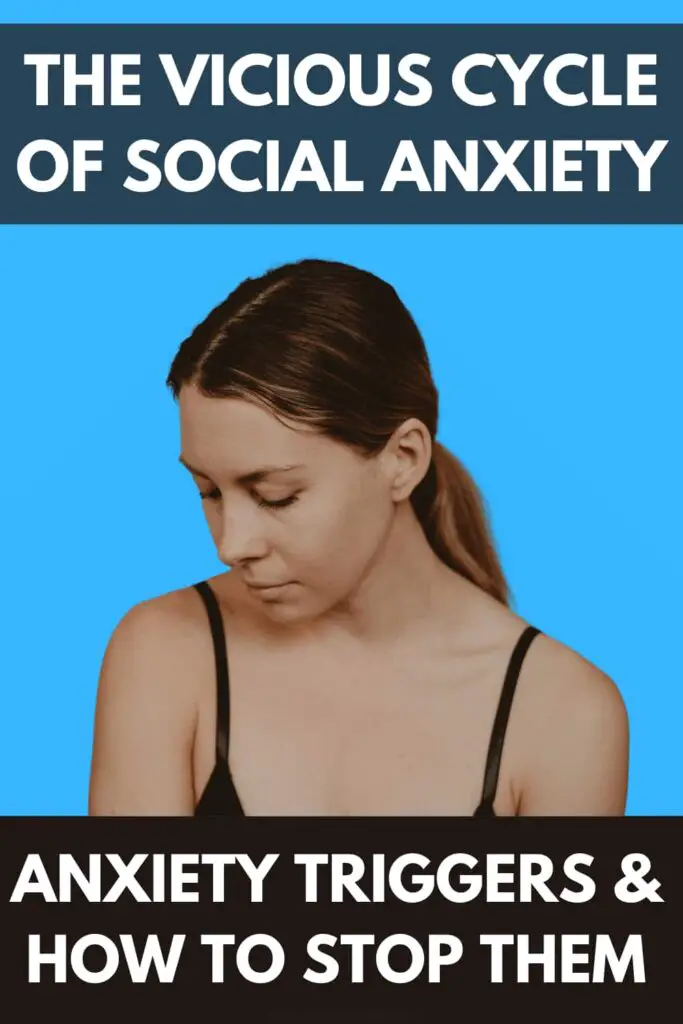
Pin | Share | Follow
[DISPLAY_ULTIMATE_SOCIAL_ICONS]
Barlow, D. H. (2004). Anxiety and its disorders: The nature and treatment of anxiety and panic. Guilford press.
Clark, D. M., & Wells, A. (1995). A cognitive model of social phobia. In R. G. Heimberg, M. R. Liebowitz, D. A. Hope, & F. R. Schneier (Eds.), Social phobia: Diagnosis, assessment, and treatment (p. 69–93). The Guilford Press.
Diamond, D. M., Campbell, A. M., Park, C. R., Halonen, J., & Zoladz, P. R. (2007). The temporal dynamics model of emotional memory processing: a synthesis on the neurobiological basis of stress-induced amnesia, flashbulb and traumatic memories, and the Yerkes-Dodson law. Neural plasticity, 2007, 60803. https://doi.org/10.1155/2007/60803
Hayes, S. C., Strosahl, K. D., & Wilson, K. G. (1999). Acceptance and commitment therapy: An experiential approach to behavior change. Guilford Press.
Hofmann S. G. (2004). Cognitive mediation of treatment change in social phobia. Journal of consulting and clinical psychology, 72(3), 392–399. https://doi.org/10.1037/0022-006X.72.3.392
Foa, E. B., Franklin, M. E., Perry, K. J., & Herbert, J. D. (1996). Cognitive biases in generalized social phobia. Journal of Abnormal Psychology, 105(3), 433–439. https://doi.org/10.1037/0021-843X.105.3.433
Leary MR. Social anxiety as an early warning system: a refinement and extension of the self-presentation theory. In: Hofmann SG, DiBartolo PM, editors. From Social Anxiety to Social Phobia: Multiple Perspectives. Boston, MA: Allyn & Bacon; 2001. pp. 321–334.
Mellings, T. M., & Alden, L. E. (2000). Cognitive processes in social anxiety: the effects of self-focus, rumination and anticipatory processing. Behaviour research and therapy, 38(3), 243–257. https://doi.org/10.1016/s0005-7967(99)00040-6
Rachmann S., Grüter-Andrew J., Shafran R. (2000). Post-event processing in social anxiety. Behaviour Research and Therapy. 38:611–617.
Rapee, R. M., & Hayman, K. (1996). The effects of video feedback on the self-evaluation of performance in socially anxious subjects. Behaviour research and therapy, 34(4), 315–322. https://doi.org/10.1016/0005-7967(96)00003-4
Wells, A., Clark, D. M., Salkovskis, P., Ludgate, J., Hackmann, A., & Gelder, M. (2016). Social Phobia: The Role of In-Situation Safety Behaviors in Maintaining Anxiety and Negative Beliefs – Republished Article. Behavior therapy, 47(5), 669–674. https://doi.org/10.1016/j.beth.2016.08.010
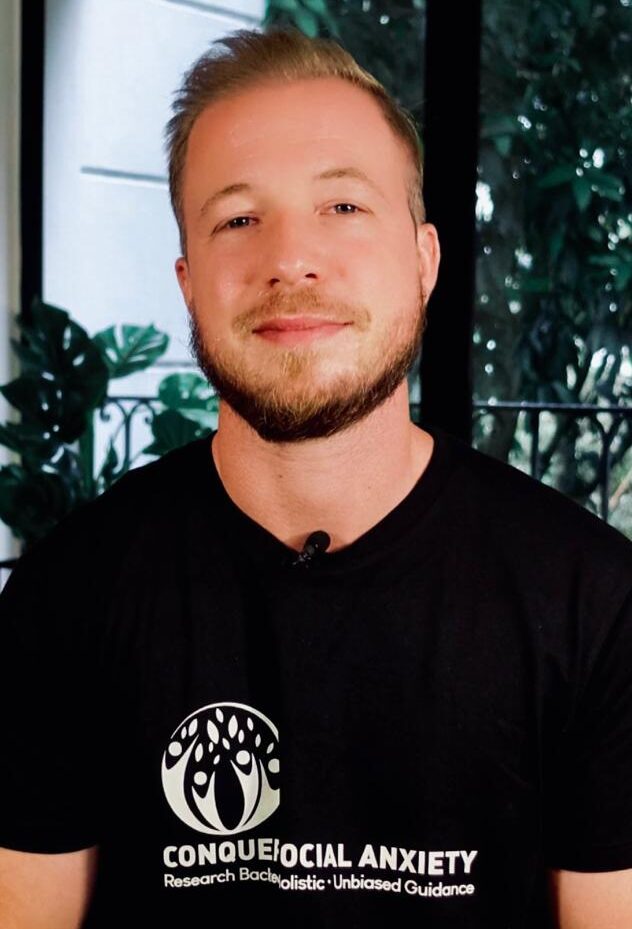
About the Author: Martin Stork
Martin is a professional psychologist with a background in physical therapy. He has organized and led various support groups for people with social anxiety in Washington, DC and Buenos Aires, Argentina. He is the founder of Conquer Social Anxiety Ltd, where he operates as a writer, therapist and director. You can click here to find out more about Martin.
